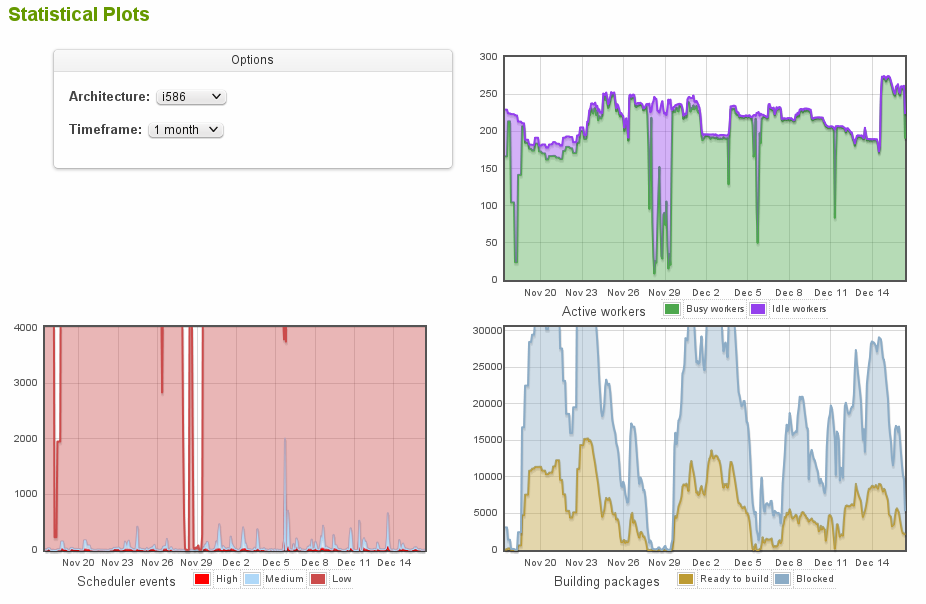
Image by: / Clue on http://openclipart.org
Fellow openSUSE Contributor,
I am not as gifted as Mizmo, so I can’t really present some cool metaphore in the form of a cartoon… Nevertheless I will try my best.
During the OSC2010 in Nürnberg I tried without much success to pass on the word that Marketing isn’t about a Team, but comes also down to us. This in an awesome time to demonstrate that on practice… Right now with an important release on the horizon, your Marketing team is starting a process to gather information to promote the features of the next release. Speaking for myself, I don’t feel confortable in taking an assingment of gathering features for example about the Kernel. As I won’t feel confortable producing contents about KDE which I barelly know… Nevertheless if those contents aren’t provided to us…. we have to dig for them… sometimes not even having a clue of the extention of their importance.
Many times I’ve heard the ultimate excuse ‘Marketing is for Ubuntu, because they are just Marketing and nothing else’… and things on that line… Well… think again… who’s fault is this that only them care about Marketing ? I see a good opportunity for you all to achieve some things in the next days… with only 10 minutes of your time… and why could be nice it happened this way:
* You run a project that is on Factory… cool… Please take 10 minutes, make a small list of 10 features that are really cool on the next release… make a 7/15 lines text on how your project changed and the benefit of the improvements for our users (if you don’t know your users, then write it as if you were talking about yourself)… This way you save your Marketing Team ‘wild goose chase’ on a stack of Changelogs we might not understand… even worst, we might even pass on the wrong stuff….
* By doing this… you are doing Marketing… you are promoting your own project within openSUSE, giving it more visibility and with 10 mins of your time… you will pass on the right word to the Marketing Team and help them. Instead of spending 50 hours searching for stuff and taking some hard decisions that might not work out in the best way for YOUR project, we have 50 mins more to work your information and make sure it is better used for the interests of YOUR project.
* If Marketing takes 3 features to write an article or make Marketing materials… and just lists the other 7… If like at least we get contributions in this form from: Kernel, GNOME, KDE and Ambassadors (yes, people should also be on the release)… thats 3×4 = 12 featured articles for the release and a feature list of 40 new exciting features….
Now… does this seem so surreal to ask 10 minutes of your time to help out your Marketing Team and make the best release ever! Oh! And have a lot of fun!
Someone said that I was crazy… and that projects and developers would never comply and would most likely laugh on my face after proposing such thing… I might be crazy… or I might very well on the wrong track. I’ve decided not to back down from facing the ‘mob’, and still risking to be laughed upon, I brought this to your attention.
Become a openSUSE Pirate ?
